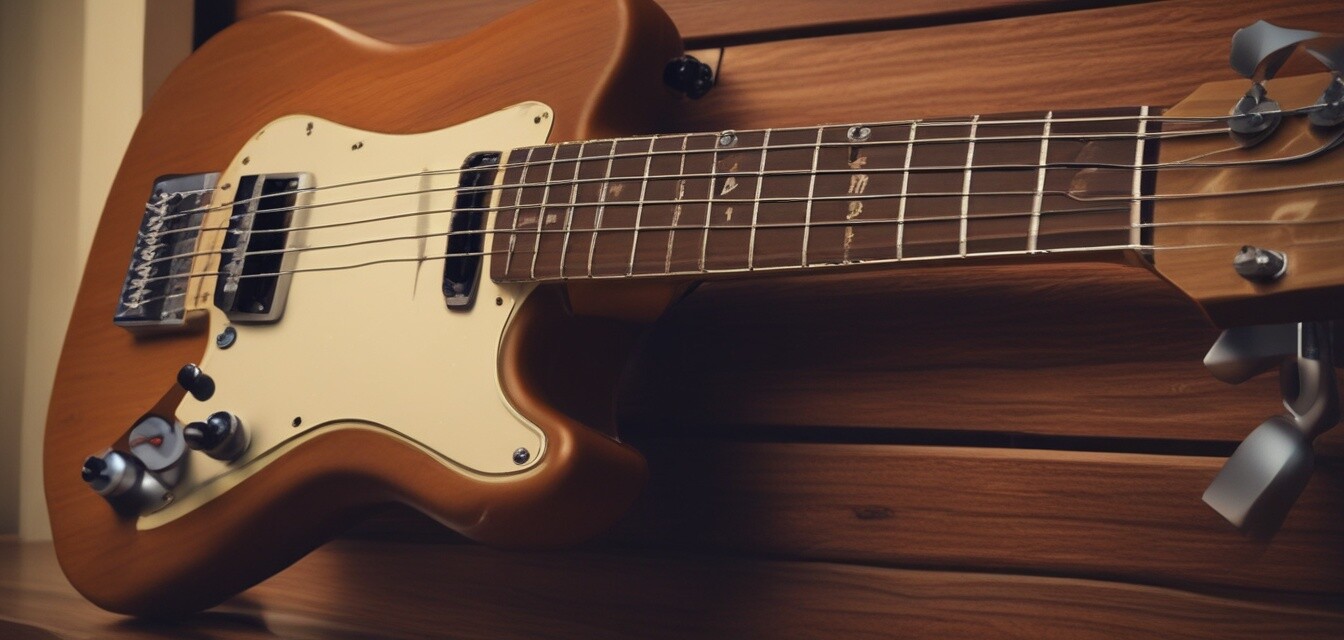
Key Considerations for Buying Vintage Fender Guitars
Key Takeaways
- Understand the significance of serial numbers and dates for authenticity.
- Inspect the guitar's condition including wood, hardware, and electronics.
- Learn about common models and their unique features.
- Consider the importance of provenance and previous ownership.
- Be aware of the market trends and pricing for vintage models.
Navigating the world of vintage Fender guitars can be overwhelming, especially for first-time buyers. With many models, variations, and features, it’s crucial to know what to look for. This guide will walk you through essential factors to consider when purchasing a vintage Fender guitar, including how to spot authenticity and care guidelines to maintain its value.
Why choose a vintage Fender guitar?
Vintage Fender guitars are not just musical instruments; they are pieces of history. Here are a few reasons why they're sought after:
- Exceptional craftsmanship from a bygone era.
- A unique sound that is coveted by professional musicians.
- Potential for appreciation in value over time.
Understanding Fender guitar models
There are several iconic models produced by Fender throughout the years. Here’s a brief overview of the most notable ones:
| Model | Year Introduced | Notable Features |
|---|---|---|
| Stratocaster | 1954 | Double-cutaway body, contoured edges, three pickups |
| Telecaster | 1951 | Single-cutaway body, bright tone, two pickups |
| Jazzmaster | 1958 | Offset body shape, floating tremolo, unique pickup configuration |
| Jaguar | 1962 | Short scale, distinctive pickup switching system |
Signs of authenticity
When buying a vintage Fender, one of the primary concerns is authenticity. Here are some key signs to look out for:
- Serial Numbers: Check for originality based on the production year.
- Neck and Body Dates: Look for the dates stamped on the neck heel and body cavity.
- Wear Pattern: Genuine vintage guitars show consistent wear that suggests age and use.
- Original Parts: Ensure that most of the components are original, as replacements can reduce value.
Assessing the condition of the guitar
Before making a purchase, it’s important to evaluate the guitar’s condition thoroughly. Here’s how to assess it:
1. Visual Inspection
Look for any signs of damage or repair:
- Cracks or chips on the body.
- Wear on the fretboard and neck.
- Condition of the finish – checking for any refinishing.
2. Hardware and Electronics
Check the condition of the hardware and electronics:
- Ensure that tuning machines are functional.
- Check the pickups for quality and authenticity.
- Inspect the condition of pots and switches.
3. Playability
Play the guitar to check:
- Action height and comfort.
- Tone quality from each pickup.
- Overall feel while playing.
Understanding market trends and pricing
Prices for vintage Fender guitars can fluctuate significantly. Here are some trends to keep in mind:
- Rare models or editions tend to command higher prices.
- Condition directly affects value; well-preserved instruments will be more expensive.
- Market demand varies; keep an eye on auction prices and selling platforms.
Care guidelines for vintage guitars
To maintain the value and playability of your vintage Fender guitar, follow these care tips:
- Store in a climate-controlled environment.
- Use a soft cloth to clean the body, avoiding any harsh chemicals.
- Regularly check the neck for relief and adjust if necessary.
- Consider professional setups to maintain the guitar’s integrity.
Pros
- Unique sound and craftsmanship.
- Potential investment value.
- Rich history and heritage.
Cons
- Higher cost compared to modern guitars.
- Requires careful maintenance and care.
- Risk of scams with counterfeit products.
Conclusion
Purchasing a vintage Fender guitar can be an exciting journey filled with potential rewards. As you navigate through the various models, signs of authenticity, and care guidelines, always remember the importance of thorough research and hands-on inspection. By following the tips outlined in this guide, you can make an informed decision and find the perfect vintage Fender guitar that suits your musical needs.
For more insights on specific models, check out our guides on buying Fender guitars, or explore Fender electric guitars available for purchase.